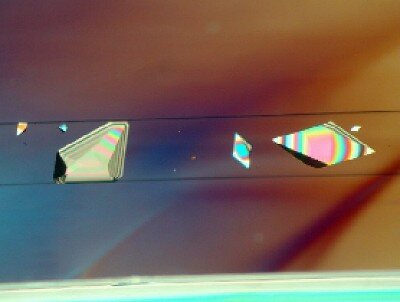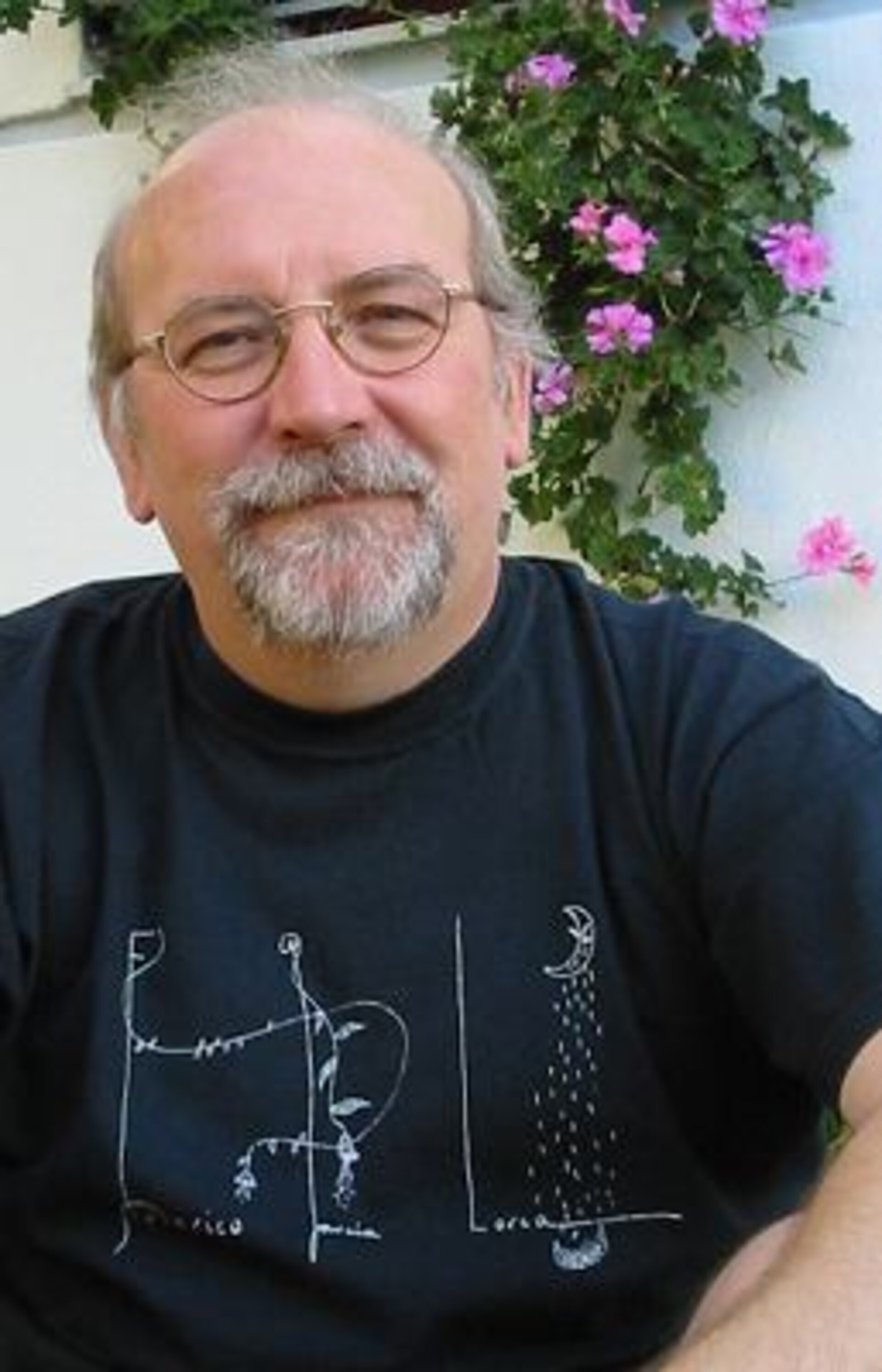"I have complete confidence in Pedro Duque"
An interview with Juan Manuel García-Ruiz, expert in protein crystallisation and scientist for the PROMISS experiment on the Cervantes Mission.
García-Ruiz is 50 years old and one of the Spanish scientists most accustomed to experimenting in space. He and his group work in the Crystallographic Studies Laboratory (CSIC-University of Granada). It is among the most internationally famous laboratories studying protein crystallisation, an indispensable technique for understanding how proteins work and the basis for creating new pharmaceuticals.
García-Ruiz made his debut on Pedro Duque's first flight, five years ago, and has participated, among other missions, in the Belgian Soyuz flight, in 2002, Odissea. Thanks to these experiments, he has developed a new technique for protein crystallisation and even a simple and cheap device that is presently sold commercially. This instrument will be essential for one of the experiments on Duque’s current flight, the PROMISS.
From a practical point of view, what are the particularities of doing experiments in space?
A: It is like when they call a penalty in the 90th minute and the score is 1-1, there is no return. In space, when the experiment is set up there is no way of revising anything; everything has to be perfectly in place.
Is it easy to mix with the astronauts? Do you mind that your experiment is so far away, in their hands?
A: The astronauts receive an intensive training and the experiments are explained to them. In space there is always something that can go wrong and it does not depend on you or the astronaut but, of course, I have complete confidence in them and, specifically, in Pedro Duque. Have you seen him work? He does not make mistakes.
What is protein crystallisation for?
A: In the human body there are around 100 000 proteins. Their function is known in many cases, but we do not know what mechanisms they use to function so precisely and specifically. To understand how proteins work and how and why they sometimes stop doing so, you have to understand their molecular structure. But this is no small thing; we do not have a highly powerful microscope to see the position of each and every one of the atoms that form it. For the time being, the only way of obtaining this structural information is through protein crystallisation. If this is achieved, understanding the structure of the protein will be a question of months.

What are the advantages of protein crystallisation in space rather than on Earth?
A: To crystallise proteins, you must avoid turbulence. You can do this in two ways: in space or with gels. We work in both directions. The objective is to compare the quality of the crystals in the gels and in space. But it is not that in space more proteins can be crystallised than on Earth; the advantage of space is that the molecules attach themselves very slowly and this means that the quality of the crystal is superior. Now, we want to know if it is possible to obtain a similar quality with the gels on Earth.
What advances has your group achieved thanks to experimentation in space?
A: First, we managed to show that our crystallisation technique, called ‘contradiffusion’, works well. The classic crystallisation techniques are very laborious, both on Earth and in space. When the Americans and the Japanese began to use them, they used a trial-and-error approach; in other words, they had to perform many experiments and see which worked. In space, this was very expensive. With our technique, however, each experiment automatically seeks out the best conditions for crystallisation and the efficiency of the process greatly increases: success is guaranteed.
And you have also developed a device that has been marketed…
A: Yes, to use this technique in space we have developed a very cheap and simple instrument, the Granada Crystallisation Facility (GCF). It is very easy to set up. On the Cervantes Mission, Pedro Duque will bring back three GCFs that are already on board the Space Station, with Japanese experiments. The results of these experiments will also be available to us, as their advisers, as agreed between the Japanese space agency and ESA.
Have some of the proteins with which you have worked led to the creation of any pharmaceuticals?
A: No, there is a long time between obtaining the structure of a protein and obtaining a pharmaceutical.
What does the PROMISS experiment do?
A: In PROMISS, the objective is to study how crystallisation occurs, not to crystallise proteins. We will use a device based on our ‘Granada Crystallisation Box’, but with transparent sides, to see how crystals grow.




